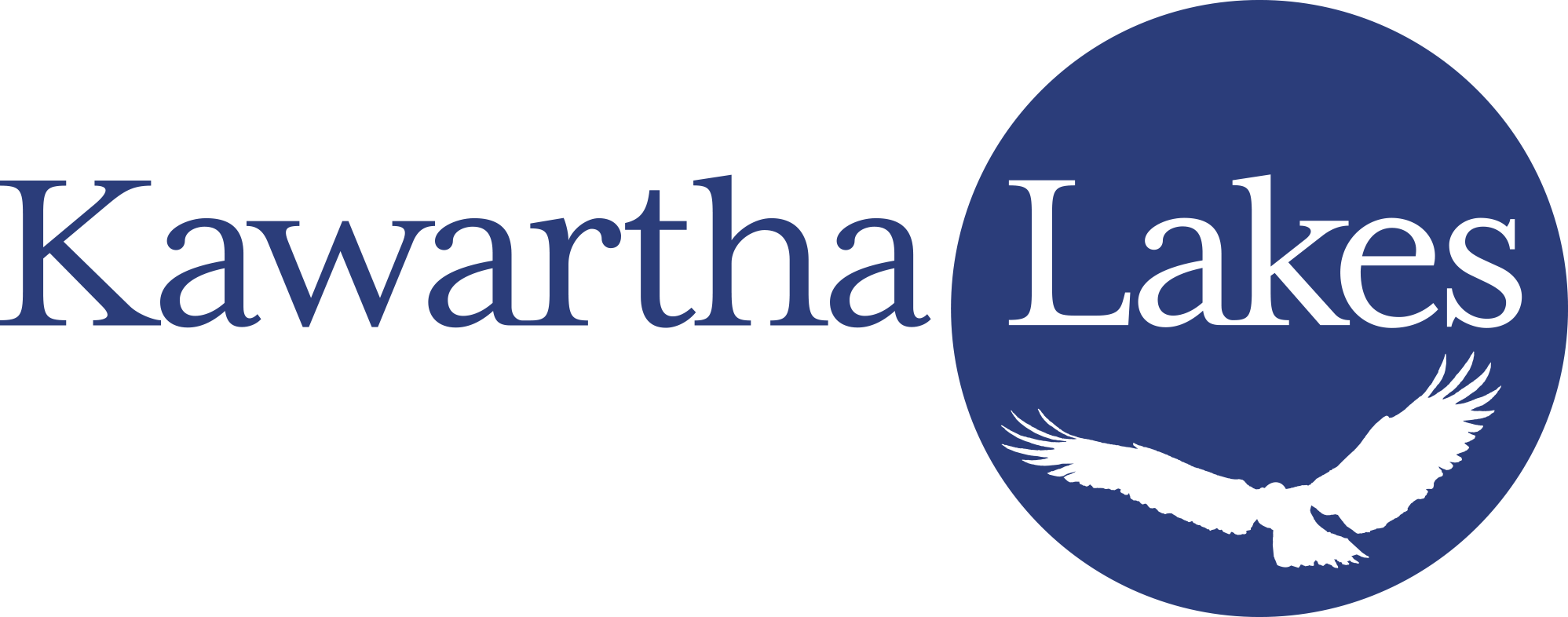The AI Advantage
How AI Is Transforming Digital Asset Management Across Regulated Industries
From creative teams to compliance departments, artificial intelligence is reshaping how organizations manage content at every stage of its lifecycle.
This whitepaper explores how AI improves efficiency, enhances discoverability, strengthens compliance, and enables smarter distribution—no matter the industry. Whether you’re navigating regulatory requirements or scaling content across global channels, The AI Advantage provides insights on how to build a more intelligent and secure content ecosystem.
As businesses navigate the modern content landscape, they are increasingly challenged by the explosion of content production, heightened expectations for personalization, and the need for faster delivery. With content scattered across various platforms, tools, and departments, many organizations struggle with siloed information and inefficient workflows.
Ultimately, organizations are facing increasing content volumes matched with a demand for speed and personalization, with totally fragmented tools and systems in place. Add to that, the need to maintain brand, compliance, and security, and the need for AI to manage content lifecycles becomes even more urgent. Or at least it should.
Increased Complexity in Global Compliance and Risk Management
Organizations operating across global markets are under ever-increasing pressure to comply with a myriad of regulations. From GDPR to HIPAA, maintaining compliance across different jurisdictions is complex and resource intensive. AI can automate compliance tasks, reduce human error and ensure consistent, timely adherence to regulatory standards.
Teams spread across regions often struggle to coordinate compliance and content-related tasks in real-time, leading to delays in delivery. AI-driven systems can help overcome these challenges by providing centralized, real-time access to data and ensuring that all stakeholders are working with the same information, regardless of location. This eliminates time zone silos, speeds up workflows, and ensures that content can be delivered more quickly and efficiently, even across global teams.

The AI Advantage: Bridging the Gap Between Agility and Control
AI enables organizations to bridge the gap between the demand for speed and the need for control. It can automate repetitive tasks; such as tagging thousands of images or routing assets for approval, ensure faster workflows, and also provide the intelligent oversight required to meet compliance, governance, and brand standards.
In a 2024 Forrester study, it was found that 81% of organizations believe that AI-enabled automation will meaningfully improve content-heavy processes by 2028. However, despite this strong belief in AI’s transformative power, only 30% of organizations have begun implementing AI automation. This gap can be attributed to concerns about AI security, privacy, and a lack of experience—challenges that are compounded by complex governance issues. As AI adoption grows, organizations must address these obstacles to fully unlock its potential in digital asset management.
In traditional digital asset management, tagging and classification are manual, labor-intensive tasks, often leading to errors, inconsistent metadata, and slower retrieval times. AI revolutionizes this process by automatically tagging and categorizing content based on context and relevance. This not only speeds up content retrieval but also ensures higher accuracy and consistency across organizations.
As a result, teams experience faster access to assets, improved collaboration, and a more streamlined content workflow that directly supports business efficiency.
Content lifecycle management is simplified with AI, as it can identify duplicates, manage version control, and automate content approval workflows. These capabilities ensure that teams always work with the most current and accurate versions of assets, reducing confusion and enhancing productivity.

The AI Advantage: Streamlining Creative Production and Asset Reuse
By automating tasks such as tagging, classification, and version control, AI ensures that content is categorized accurately and accessible at a much faster pace. This reduces the manual effort traditionally required to maintain consistent metadata and allows teams to quickly retrieve the right assets, enhancing collaboration and speeding up workflows.
And as content demand continues to grow, AI enables teams to operate at scale while maintaining high standards of compliance and efficiency. This combination of smarter workflows and secure governance ultimately accelerates content production, improves collaboration, and supports the agility required to meet business goals.
As organizations increasingly manage vast amounts of digital content; a 207% increase since 2020, choosing the right storage system becomes a critical decision. Traditional storage systems such as local file servers or generic cloud storage often lack the specialized capabilities required for efficient digital asset management, security, and compliance. These systems may offer basic storage solutions but struggle with handling large volumes of diverse content, enforcing governance policies, and maintaining secure, easily accessible data.
In fact, according to the same Forrester report mentioned earlier, the rate of content growth is outstripping decision-makers’ governance capacity. As a result, 42% have large amounts of critical content hiding in information silos across their enterprise.
Digital Asset Management (DAM) systems are designed to address these challenges by providing a centralized and structured approach to storing, organizing, and retrieving digital assets. Particularly useful for managing creative content like images, videos, and documents, DAM systems ensure that assets are easily searchable and securely stored. AI-driven advancements in DAM systems are further enhancing content management and supporting compliance with regulations like GDPR, HIPAA, and CCPA, making it easier for organizations to ensure their content is both secure and compliant.
As storage needs continue to grow, AI-powered storage solutions, including DAM systems, are becoming increasingly important for maintaining both operational efficiency and regulatory adherence
Security-First Storage with Auto-Classification of Sensitive Content
AI-powered DAM systems revolutionize content governance by creating detailed audit trails and compliance logs, which are crucial for both internal monitoring and external audits. These logs ensure that content use, approvals, and changes are fully traceable, offering both transparency and accountability.
AI also helps by automatically managing usage rights, expirations, and approvals in real-time. It tracks which stakeholders have approved content, monitors rights across various channels, and ensures that content is used according to licensing agreements.
For industries like media, entertainment, and healthcare—where licensing and content expiration are highly regulated—AI mitigates legal risks by ensuring that all assets are compliant with regulations such as copyright laws and HIPAA. By automating these tasks, organizations can prevent costly errors, reduce manual oversight, and maintain continuous compliance with ever-changing laws.
For industries dealing with sensitive or confidential data, such as healthcare, finance, and government, data security is paramount. AI-powered storage systems can automatically classify, tag, and encrypt sensitive content, such as protected health information (PHI) or financial records, ensuring it’s stored securely and adheres to stringent regulations like HIPAA, GDPR, and CCPA.

The AI Advantage: Automating compliance and rights management
By automating processes such as asset tagging, usage rights management, and compliance logging, AI not only increases operational efficiency but also ensures that assets are always secure, up-to-date, and fully compliant with industry regulations.
As data security and regulatory requirements continue to evolve, AI-powered storage systems offer the agility and intelligence necessary to stay ahead, giving organizations a competitive edge while safeguarding their content.
Selecting an AI-powered digital asset management system isn’t just about features—it’s about trust, security, and governance. The right solution balances automation with oversight, helping organizations scale content operations while safeguarding sensitive data.
When evaluating AI-enabled platforms, organizations should look beyond efficiency gains to consider governance and risk management requirements. Aligning with the Cloud Security Alliance (CSA) AI Security Framework provides a best-practice foundation for responsible adoption.
Key priorities include:
Defining Ownership of AI Risk
Assign accountability for monitoring, approving, and managing AI use across the content lifecycle. Clear ownership ensures issues are escalated and
resolved quickly.
Vendor and Sub-Processor Contracts
Contracts must include AI-specific clauses covering data residency, non-reuse of data, and incident response responsibilities. These provisions create accountability across the vendor ecosystem.
Applying Data Classification Standards
All customer data used in AI contexts should follow existing classification levels—confidential, restricted, or public—to prevent accidental misuse of sensitive information.
Logging and Incident Response
Comprehensive logs of AI activity provide transparency and accountability, enabling organizations to investigate anomalies and escalate potential misuse under existing incident response frameworks.
Ensuring Customer Consent
Sensitive datasets should be excluded from AI model training unless explicit customer approval is documented. Consent should be formally captured before enabling AI features.
Continuous Improvement
Comprehensive logs of AI activity provide transparency and accountability, enabling organizations to investigate anomalies and escalate potential misuse under existing incident response frameworks.
The AI Advantage: Automating compliance and rights management
By choosing software that embeds governance alongside innovation, organizations gain both speed and security. Aligning with CSA standards, applying clear risk ownership, and enforcing customer consent processes ensures AI delivers value without introducing new vulnerabilities. The result is an ecosystem where AI accelerates workflows while strengthening trust, compliance, and accountability.
Every industry faces unique challenges when it comes to digital asset management—particularly regarding rights management, compliance, and privacy. The need to adhere to complex regulations such as HIPAA, GDPR, and industry-specific rules drives these challenges.
These problems can be overwhelming and often require specialized tools, but implementing AI-powered content management systems, like DAM, helps mitigate these issues without straining budgets or resources. AI helps automate processes like asset tagging, classification, and compliance tracking, enabling organizations to streamline workflows and maintain security without sacrificing efficiency or cost-effectiveness. Below, we look at how AI-driven DAM systems are addressing these challenges in specific industries.
Healthcare: Managing PHI, Speeding Up Patient Communications
In healthcare, protecting PHI (Protected Health Information) and ensuring that sensitive data is securely stored is a major concern. The average cost of a data breach in 2024 was $4.88 million. AI plays a pivotal role by automating the classification, storage, and retrieval of sensitive patient data, ensuring compliance with regulations such as HIPAA. By categorizing and tagging content automatically, AI reduces human error and accelerates access to critical patient information, enabling faster communication between departments.
AI Advantage in Action

Jones Healthcare, a leader in the pharmaceutical industry, implemented an AI-driven DAM solution to ensure the secure storage and easy retrieval of sensitive healthcare content. By using AI-powered tools, Jones Healthcare is able to manage and protect critical data efficiently while meeting compliance requirements. AI also helped Jones streamline internal workflows, ultimately reducing response times for vital information and increasing operational efficiency.
Read the full case study
Finance: Streamlining Approvals While Ensuring Auditability
In the financial services sector, AI is revolutionizing the approval processes for content such as marketing materials, contracts, and internal communications. Financial organizations are heavily regulated and must maintain clear audit trails to ensure compliance with industry standards. AI can automate approval workflows, ensuring that every action is logged for auditing purposes while maintaining a seamless and efficient workflow.
AI Advantage in Action
ACAMS, a global organization dedicated to anti-money laundering training and certification, adopted an AI-powered DAM solution to manage their compliance needs. With AI-driven workflows, ACAMS can easily track content usage, approvals, and revisions, ensuring all content adheres to regulatory requirements. This level of automation not only improves compliance but also saves valuable time, reducing bottlenecks and allowing their teams to focus on higher-value tasks.
Read the full case study
Education: Enabling Content Discoverability and IP Control
In education, managing intellectual property (IP) and ensuring content is both discoverable and properly controlled can be a challenge. AI-powered systems enhance content discoverability, allowing students, researchers, and faculty to access the right materials quickly while adhering to strict IP regulations and licensing agreements.
AI Advantage in Action

UCSF manages a vast repository of research materials and educational content is a critical part of their operations. By using AI-powered DAM systems, UCSF has been able to automate the categorization and management of its content, making it easier for faculty and students to find the information they need while ensuring compliance with IP rights and educational content distribution rules. This efficiency not only helps them comply with regulations but also supports a more productive and streamlined academic environment.
Read the full case study
Government: Driving Transparency, Accessibility, and Digital Modernization
Government agencies often deal with a large volume of documents and records that need to be stored securely and made easily accessible to the public and other departments. Compliance with transparency and accessibility regulations is crucial, and AI helps streamline document management by automating classification, approval, and distribution processes.
AI Advantage in Action

The City of Kawartha Lakes, a municipality in Ontario, Canada, leverages AI in its DAM system to improve transparency and document accessibility. The city ensures that public records and documents are easily accessible, while also maintaining compliance with local data protection regulations. AI tools help speed up approvals and improve compliance, enabling the city to modernize its digital infrastructure without compromising on security or efficiency.
Read the full case study
Media & Manufacturing: Rights Management, Content Localization, and Brand Control
In the media and manufacturing industries, managing rights and usage terms is critical, especially when dealing with multimedia content that may be distributed across global markets. AI streamlines rights management by automatically tracking licenses and usage terms, ensuring that content is used properly while also supporting localization for different languages and regions.
AI Advantage in Action
Fred Rogers Productions, a leading creator of children’s programming, turned to an AI-powered DAM solution to manage the rights and localization of their content. With AI, they automate content categorization, track licensing agreements, and ensure that content can be quickly localized for different markets, all while maintaining brand integrity across regions. This AI-driven process helps them maintain control over their content and reach a global audience more efficiently.
Read the full case study
AI is fundamentally transforming content distribution, allowing organizations to not only scale their efforts but also deliver highly targeted, effective content that resonates with audiences across regions, platforms, and devices.
Here’s how AI is driving impactful results in content distribution:
Predictive Recommendations and Automated Personalization
AI enables predictive recommendations, helping organizations deliver personalized content at scale. Whether it’s suggesting relevant assets for customers or recommending content for internal teams, AI can help drive engagement and improve content utilization.
Policy-Aware Delivery Across Platforms and Geographies
With AI, organizations can deliver content in accordance with regional policies, ensuring that content is compliant with local laws and regulations. This is especially valuable for global brands that operate in multiple jurisdictions with different regulations.
Performance Data and Optimization at Scale
AI provides valuable insights into content performance, offering real-time analytics that help businesses optimize content across various channels. By using AI-powered data, organizations can adjust their strategies to improve content effectiveness and maximize ROI.

The AI Advantage: Smarter, Safer Distribution
By automating personalization, applying policy-aware rules, and delivering real-time performance insights, AI turns content distribution into a strategic advantage. Teams can reach audiences faster, ensure compliance across regions, and continuously optimize campaigns—achieving scale and impact that would be impossible through manual processes alone.
Adopting AI for digital asset management isn’t just a technology decision—it’s a strategic one. Organizations need to evaluate not only the features of AI-powered systems but also how well these solutions integrate with existing tools, support future growth, and maintain security. Building a future-proof strategy means looking beyond short-term gains and ensuring the foundations of governance, scalability, and user experience are in place.
Key Considerations for Future-Proof AI DAM
Priority Area |
What to Look For |
Why It Matters |
|---|---|---|
|
Evaluating AI Capabilities |
AI-driven metadata automation, intelligent search, automated content workflows |
Ensures accurate tagging, faster retrieval, and streamlined approval processes |
|
Ensuring Integration with Existing Tools |
Compatibility with CRM, content distribution, project management, and collaboration platforms |
Reduces disruption and enables teams to work within their familiar ecosystems |
|
Prioritizing User Experience |
Intuitive, easy-to-use interfaces designed for both technical and non-technical users |
Encourages adoption across departments, reducing training costs and resistance |
|
Scalability |
Ability to handle growing content volumes and global distribution needs |
Supports long-term growth without requiring costly platform changes |
|
Security and Governance |
Built-in compliance tools, activity logging, AI governance aligned with CSA standards |
Protects sensitive data, ensures regulatory compliance, and strengthens trust |
The AI Advantage: AI doesn’t replace people; it supercharges them
While AI can automate many aspects of digital asset management, it’s ultimately a tool that empowers teams to work more efficiently and effectively. AI doesn’t replace people—it frees them up to focus on high-value tasks that drive innovation and growth.
AI Readiness Checklist
Glossary of Key Terms
DAM: Digital Asset Management
AI: Artificial Intelligence
PHI: Protected Health Information
GDPR: General Data Protection Regulation
HIPAA: Health Insurance Portability and Accountability Act
CSA AI Security Framework: A framework by the Cloud Security Alliance that guides secure, transparent, and responsible adoption of AI technologies
AI Risk Ownership: The designated accountability for monitoring, approving, and managing AI use across an organization
Interested in how AI-powered DAM can help you?
Get a personalized demo to see how to: